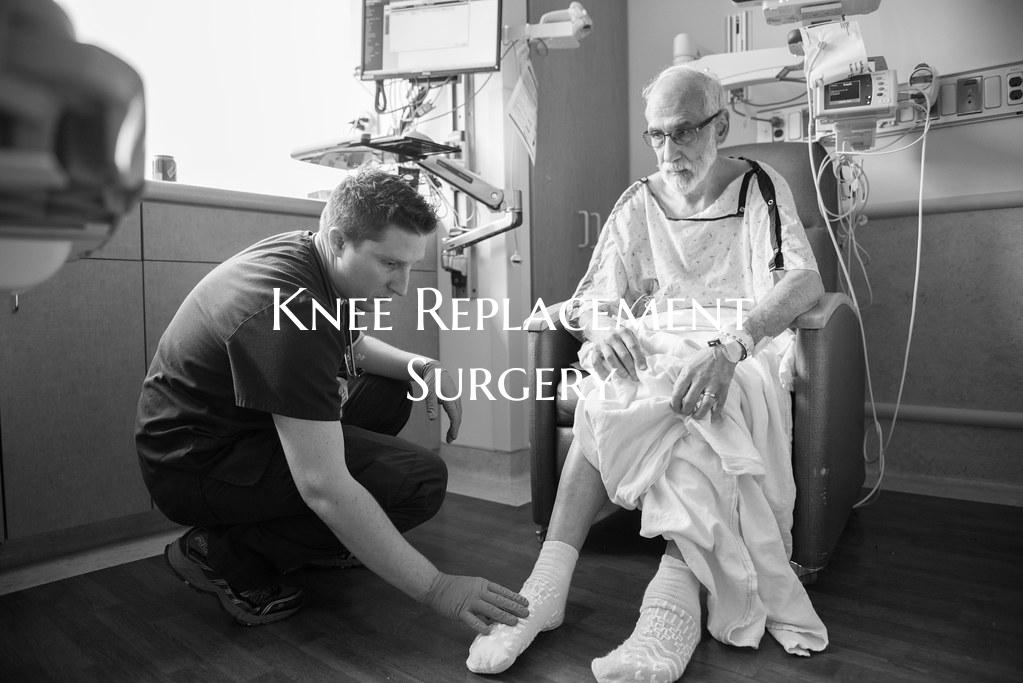
Knee Replacement Surgery
Knee Replacement Surgery: An Overview of the Procedure and Recovery
Knee replacement surgery, also known as knee arthroplasty, is a common surgical procedure performed to relieve pain and restore function in individuals with severe knee damage or arthritis. During the procedure, the damaged surfaces of the knee joint are removed and replaced with artificial components made of metal, plastic, or a combination of both.
The decision to undergo knee replacement surgery is typically made after non-surgical treatments such as physical therapy, medications, and lifestyle modifications have failed to provide adequate relief. Factors such as chronic knee pain, difficulty walking or performing daily activities, and the extent of joint damage are taken into consideration when determining if surgery is necessary.
The surgery itself is usually performed under general anesthesia and may require a hospital stay of a few days. The recovery process following knee replacement surgery can vary from patient to patient, but typically involves physical therapy to help regain strength, flexibility, and range of motion in the knee joint.
It is important for patients to follow post-operative instructions provided by their healthcare team, including exercises to strengthen the muscles around the knee, medication management, and precautions to prevent infection. With proper care and rehabilitation, many individuals experience significant improvements in pain levels and function following knee replacement surgery.
While knee replacement surgery can help alleviate pain and improve quality of life for many individuals, it is important to discuss the risks, benefits, and expected outcomes with a qualified healthcare provider to determine if it is the right treatment option for your specific situation.